-
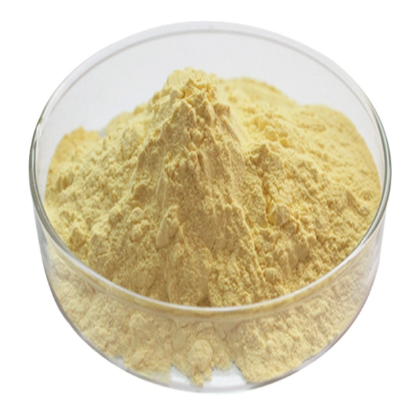
1,4-β-D-Xylanxylanohydrolase CAS:37278-89-0
1,4-β-D-Xylanxylanohydrolase, also known as xylanase, is an enzyme that catalyzes the hydrolysis of the β-1,4-xylosidic linkages in xylan, a complex polysaccharide found in the cell walls of plants and some microorganisms. This enzyme breaks down xylan into smaller fragments, such as xylo-oligosaccharides and xylose, which can be further utilized by microorganisms or used in various industrial applications.
Xylanases are commonly produced by microorganisms, including bacteria and fungi, and are also found in the digestive tracts of certain animals. They play a key role in the degradation of plant cell wall components, allowing microorganisms to access and utilize xylan as a carbon source.
-
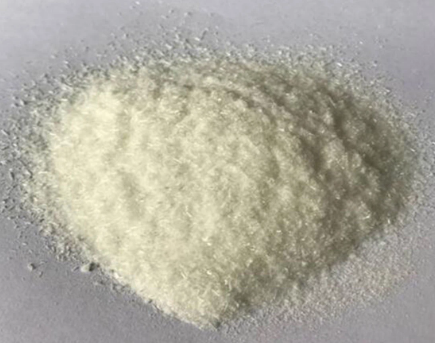
5-Nitro-1,10-phenanthroline CAS:4199-88-6
5-Nitro-1,10-phenanthroline is a chemical compound with the molecular formula C12H6N4O2. It belongs to the family of phenanthroline derivatives and contains a nitro group (-NO2) attached to the 5-position of the phenanthroline ring system.
This compound is known for its ability to form stable complexes with metal ions, particularly transition metal ions. The nitro group enhances its complexation properties and makes it useful in various applications such as analytical chemistry, catalysis, and coordination chemistry.
5-Nitro-1,10-phenanthroline has been utilized as a chelator, meaning it forms stable bonds with metal ions by donating lone pairs of electrons. This allows for precise control and manipulation of metal-ion coordination environments.
-
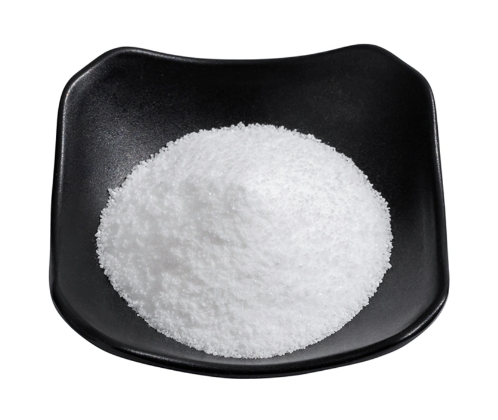
Acetyl coenzyme A sodium salt CAS:102029-73-2
Acetyl coenzyme A (acetyl-CoA) sodium salt is a synthetic derivative of acetyl-CoA. It is typically used in laboratory research and biochemical studies.
The main application of acetyl-CoA sodium salt is in cellular metabolism studies, particularly in investigating the role of acetyl-CoA in various metabolic pathways. Acetyl-CoA serves as a precursor for the synthesis of fatty acids, cholesterol, and ketone bodies, as well as playing a critical role in energy production through the citric acid cycle (also known as the Krebs cycle).
Additionally, acetyl-CoA is involved in the acetylation of proteins, DNA, and histones, which can affect gene expression and chromatin remodeling. Therefore, acetyl-CoA sodium salt can be used in studies focusing on these epigenetic modifications and their impact on cell function.
-
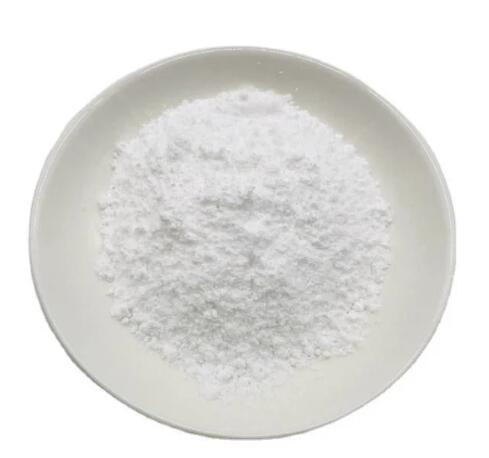
Puromycin dihydrochloride CAS:58-58-2 Manufacturer Price
Puromycin dihydrochloride is a potent antibiotic that is commonly used in molecular biology and cell biology research. It inhibits protein synthesis by causing premature termination of protein synthesis during translation. Puromycin is effective against both prokaryotic and eukaryotic cells and is particularly useful for selection and isolation of cells that have been genetically modified or transfected with a puromycin resistance gene. It is typically used in laboratory settings to study gene expression, protein synthesis, and to generate stable cell lines with specific genetic modifications.
-
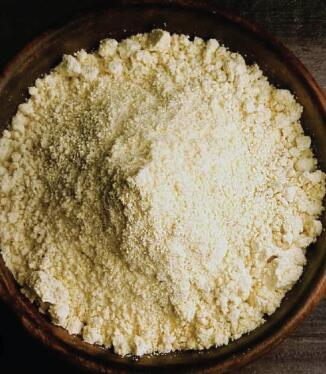
Acetylcholinesterase CAS:9000-81-1
Anticholinesterases are a class of drugs or chemicals that inhibit the activity of the enzyme acetylcholinesterase. Acetylcholinesterase is responsible for breaking down the neurotransmitter acetylcholine in the body. By inhibiting this enzyme, anticholinesterases increase the levels of acetylcholine, leading to increased cholinergic activity in the central and peripheral nervous systems.
The main therapeutic use of anticholinesterases is in the treatment of neurological disorders such as Alzheimer’s disease and myasthenia gravis. In Alzheimer’s disease, these drugs aim to enhance cholinergic neurotransmission and potentially slow down cognitive decline. In myasthenia gravis, anticholinesterases help improve neuromuscular transmission and muscle strength.
Other uses of anticholinesterases include the diagnosis and treatment of anticholinergic poisoning, specifically from certain insecticides or nerve agents. These substances can cause excessive stimulation of the muscarinic and nicotinic receptors, leading to symptoms like muscle weakness, tremors, and respiratory distress. Anticholinesterases can reverse these effects by increasing acetylcholine levels and competition with the toxic substances.
-

Rapamycin from Streptomyces hygroscopicus CAS:53123-88-9
Rapamycin is a naturally occurring compound isolated from the bacterium Streptomyces hygroscopicus. It has a wide range of biological activities and is primarily known for its immunosuppressive and anti-cancer properties.
Originally discovered as an antifungal agent, rapamycin has since been found to possess potent immunosuppressive properties, making it valuable in organ transplantation to prevent rejection. It does this by inhibiting the activation and proliferation of T-cells, a key component of the immune response.
Additionally, rapamycin has shown promising results in the treatment of various cancers. It works by inhibiting a protein called mTOR (mammalian target of rapamycin), which plays a critical role in cell growth and division. By blocking mTOR, rapamycin helps to control the unregulated growth of cancer cells.
-

Acylase from Aspergillus genus CAS:9012-37-7
Acylase is an enzyme produced by various species from the Aspergillus genus, including Aspergillus oryzae and Aspergillus niger. This enzyme belongs to the family of hydrolases and is involved in the hydrolysis of acyl compounds.
Acylases play an important role in various biochemical processes, particularly in the metabolism of organic compounds. They catalyze the cleavage of acyl groups from a substrate, often using water as a co-reactant. This enzymatic reaction is known as acyl hydrolysis.
Acylases from Aspergillus genus have been extensively studied and utilized in biotechnological applications. They have shown significant potential in the production of various valuable compounds such as amino acids, antibiotics, and other pharmaceutical intermediates.
-
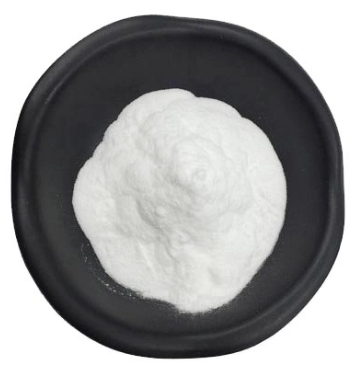
Neomycin sulfate CAS:1405-10-3 Manufacturer Price
Neomycin sulfate is an antibiotic medication belonging to the aminoglycoside class. It is commonly used to treat or prevent bacterial infections, particularly those affecting the skin and the gastrointestinal tract. Neomycin sulfate works by interrupting the protein synthesis process in bacteria, leading to their death.
Neomycin sulfate is primarily administered topically in the form of creams, ointments, or eye drops for skin and eye infections. It can also be given orally to treat certain gastrointestinal conditions, such as hepatic encephalopathy and certain types of diarrhea.
This medication is effective against a wide range of Gram-negative and some Gram-positive bacteria. It is commonly used in combination with other antibiotics to prevent the development of drug resistance.
-
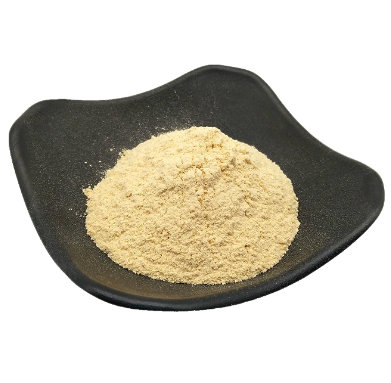
Nystatin dihydrate CAS:1400-61-9 Manufacturer Price
Nystatin dihydrate is an antifungal medication that is primarily used for the treatment of fungal infections. It is effective against a wide range of fungi, including Candida species.
When applied topically, Nystatin dihydrate works by disrupting the cell membrane of the fungi, leading to the leakage of cell contents and ultimately their death. It is commonly used to treat fungal infections of the skin, mouth, and gastrointestinal tract, including oral thrush and diaper rash caused by Candida.
-
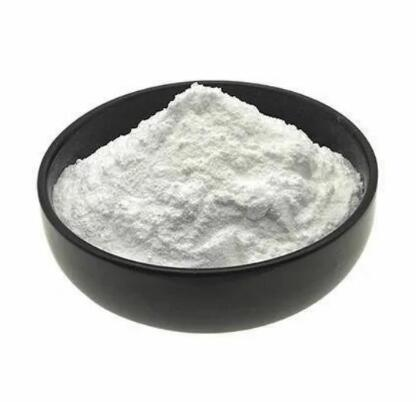
Penicillin G potassium salt CAS:113-98-4 Manufacturer Price
Penicillin G potassium salt is a pharmaceutical compound that belongs to the class of antibiotics known as penicillins. It is the potassium salt form of penicillin G, which is derived from the Penicillium fungus. This antibiotic is primarily used to treat various bacterial infections caused by susceptible organisms. It works by inhibiting the growth of bacteria and interfering with their cell wall synthesis, ultimately leading to their destruction. Penicillin G potassium salt is typically administered via injection and should only be used under the guidance and prescription of a healthcare professional.
-
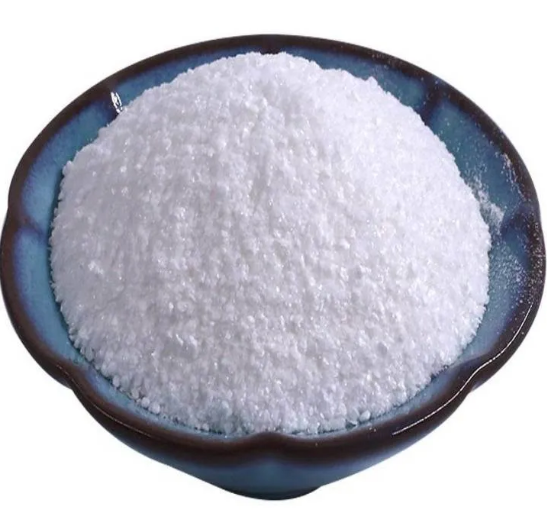
Phosphatase, alkaline CAS:9001-78-9 Manufacturer Price
Alkaline phosphatase is an enzyme found primarily in the liver, bones, kidneys, and intestines. It plays a vital role in various physiological processes, such as bone mineralization, liver function, and nutrient absorption.
The enzyme works by removing phosphate groups from different molecules, thereby influencing their activity or facilitating their breakdown. In the case of alkaline phosphatase, the preferred substrates are compounds containing phosphate esters, including nucleotides, proteins, and alkaloids.
-
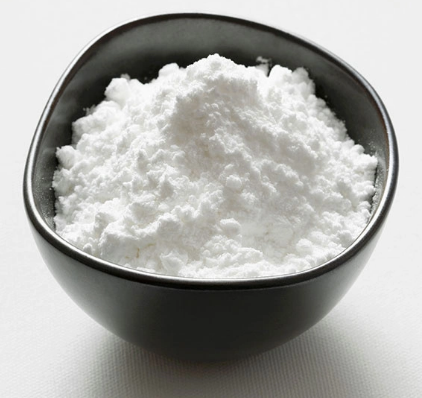
Phosphocreatinine disodium salt CAS:922-32-7 Manufacturer Price
Phosphocreatinine disodium salt is a chemical compound that is derived from creatine, a naturally occurring substance in the body. It is commonly used as a supplement in sports nutrition and exercise performance enhancement.

